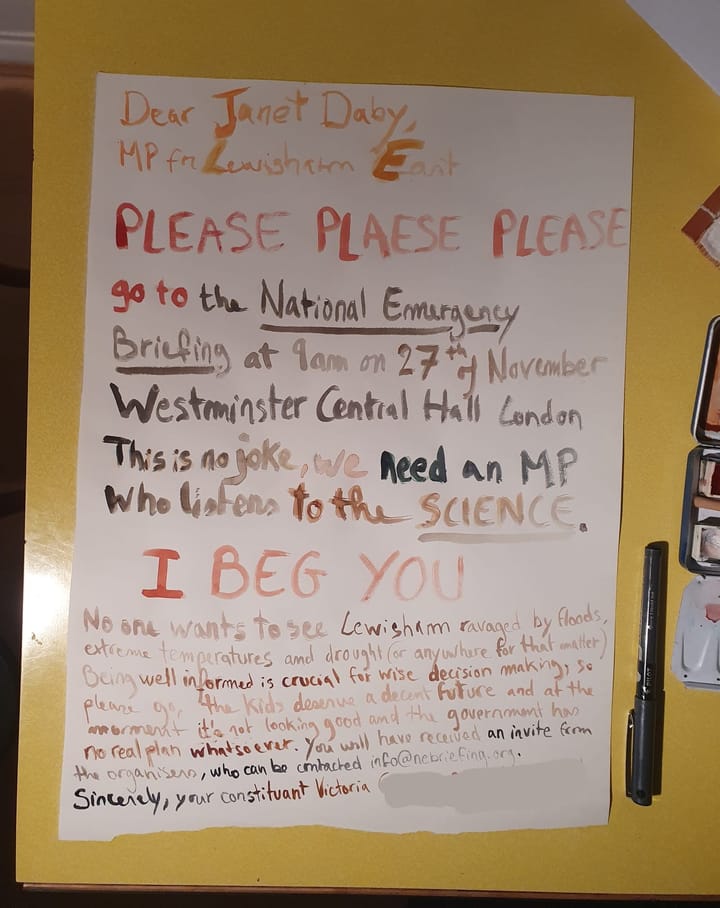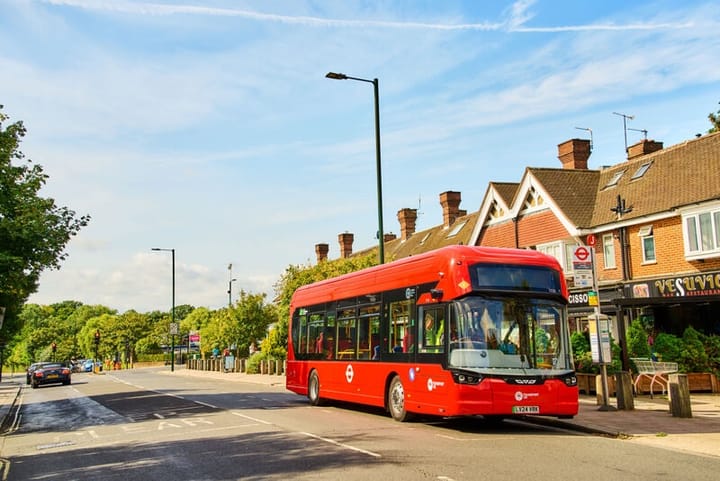New map shows air pollution streaming from SELCHP incinerator, Deptford - a "global super emitter"
The Climate Trace project found the SELCHP plant, which burns household waste for Lewisham and other boroughs, to be in the top 10% of PM2.5 air pollution emitters across the world.
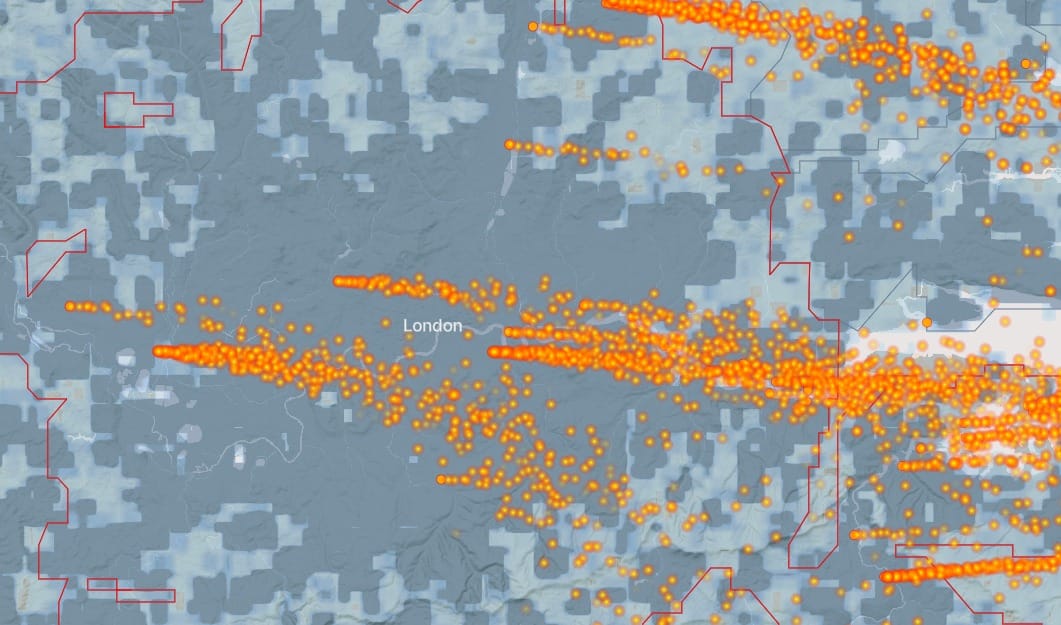
A new interactive map from Climate Trace shows particular matter PM2.5 air pollution pouring into the air from London's power stations and incinerators.
South East London Combined Heat and Power (SELCHP) in Deptford was found to be in the top 10% of PM2.5 pollution emitters tracked worldwide, making it a super emitter.
PM2.5 is a danger to health across the population, leading to an increased burden of chronic conditions including heart disease, stoke and dementia, and premature deaths.
The waste incinerator was estimated to emit 405.60 tonnes of PM2.5 in 2024, more than 96.8% of other single point sources around the world.
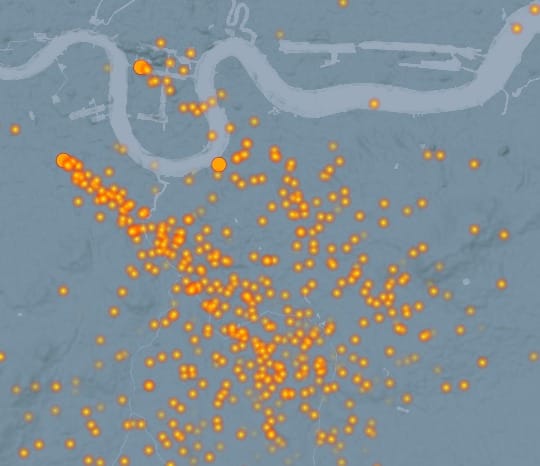
You can watch an animation of the plume emitted from SELCHP with modelled prevailing conditions for a single day, showing the air pollution drifting across communities in different areas of London.
Greenwich power station is the second largest emitter in the area, estimated as emitting 4.01 tonnes of PM2.5, around 1% of the amount emitted by SELCHP.
The Climate Trace project uses satellites, other remote sensing, sensors on the ground and AI modelling to identify the major sources of greenhouse gas emissions around the world and their behaviour over time.
Power stations, industrial plants and incinerators burning fossil fuels, wood or waste create high amounts of carbon dioxide, which is heating the planet.
They also create toxic air pollution PM2.5, which is dangerous to health.
The project also models emissions from moving sources such as ships and planes, and other sources including landfill sites and fields for rice cultivation.
Climate Trace is a non-profit coalition of academics and researchers, providing a vast inventory of open data about sources of greenhouse gas emissions. They believe they are now covering around 75% of global emissions.
The project aims to support governments, policy makers, campaigners and activists to develop policies that act to limit global heating.
Support independent, local journalism. Become a supporter or leave a tip.
You can check your local pollution sources in London or around the world:
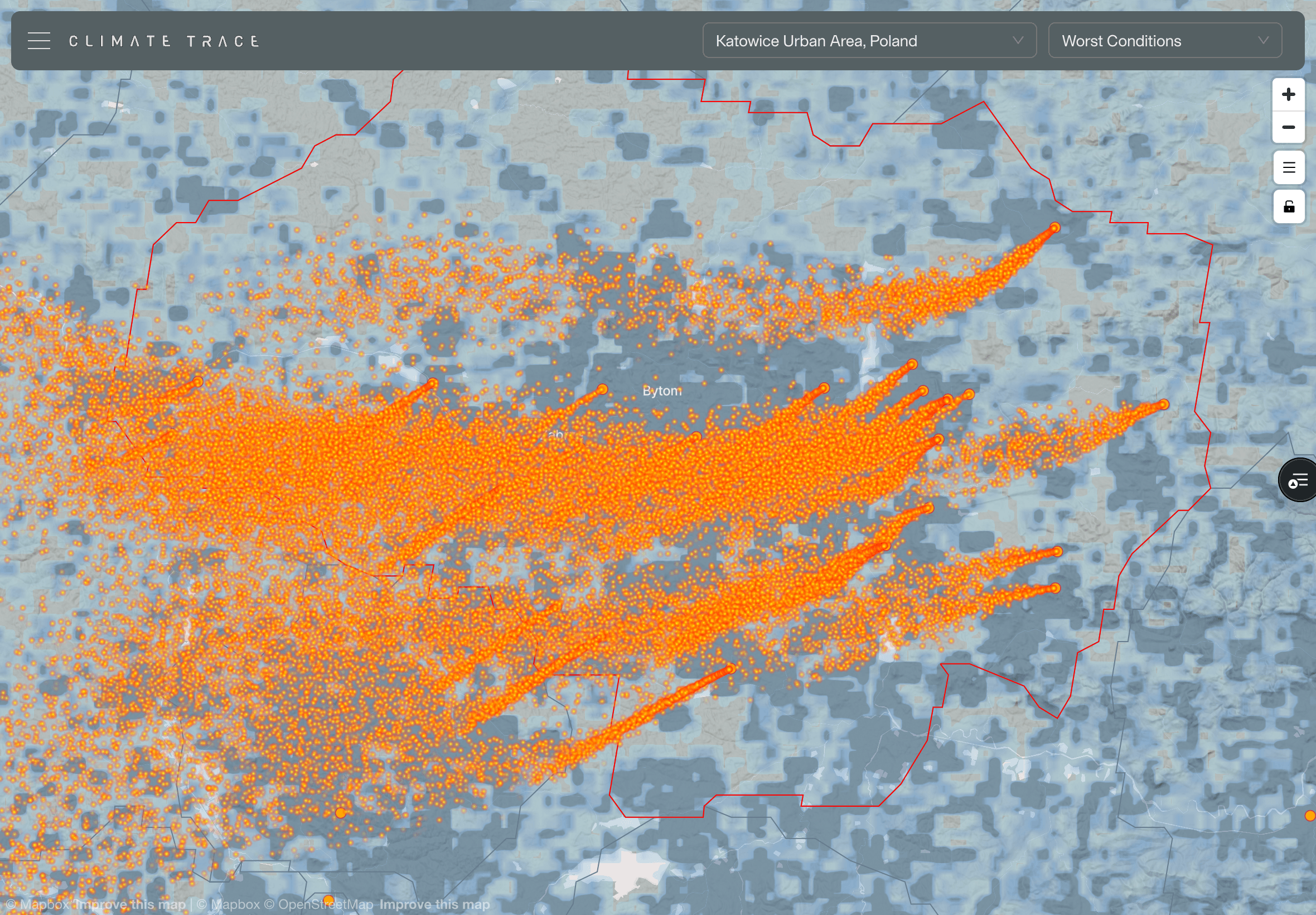
A spokesperson for Veolia responded to our previous enquiry about air pollution from SELCHP in August 2025:
“We are committed to operating the South East London Combined Heat and Power facility (SELCHP) to the highest environmental standards in line with our mission of ecological transformation and responsibility to the communities we serve.
“This site operates under a very stringent Environmental Permit regulated by the Environment Agency and has established protocols for treating, regulating and monitoring emissions. We meet or exceed all current environmental regulations, and conduct PCB testing biannually as mandated by our permit and submit these to the Environment Agency (EA).
“All emissions data is publicly accessible on the EA website, and the previous month’s emissions data can be viewed on our website at selchp.com/our-emissions”.
Responding to the Climate Trace results, a Veolia spokesperson added:
“All energy recovery facilities, including the South East London Combined Heat and Power facility (SELCHP), are heavily regulated by the Environment Agency (EA) including annual reporting requirements on the concentration and total particulate matter emitted.
“For 2024, all particulate matter from SELCHP totalled less than 10 tonnes, which is almost forty times lower than what has been reported on the Climate Trace website.
“We are constantly monitoring all emissions to air and report these on our website for the local public to review as well as submitting annual reports to the Environment Agency.”
Environmental injustice and Lewisham council plans
The findings add to existing concerns about siting the incinerator in this densely populated and deprived area.
Research has shown repeatedly that incinerators are most likely to be operating in the poorest neighbourhoods with a higher proportion of people of colour.
Lewisham council is planning new district heat networks fed by SELCHP and has raised the possibility of adding Carbon Capture and Storage (CCS) infrastructure to the plant.
Both these developments are considered problematic, or even controversial, by climate scientists.
They would also lock the council into continuing use of SELCHP, while doing nothing to reduce air pollution impacts.
Campaigners around Europe have put forward alternative approaches to handling waste, alongside alternative visions for designing and using resources. Wales launched its zero waste strategy in 2010.
The group UK Without Incineration Network (UKWIN) has developed a national exit strategy for incinerators and there is more information about their vision here:
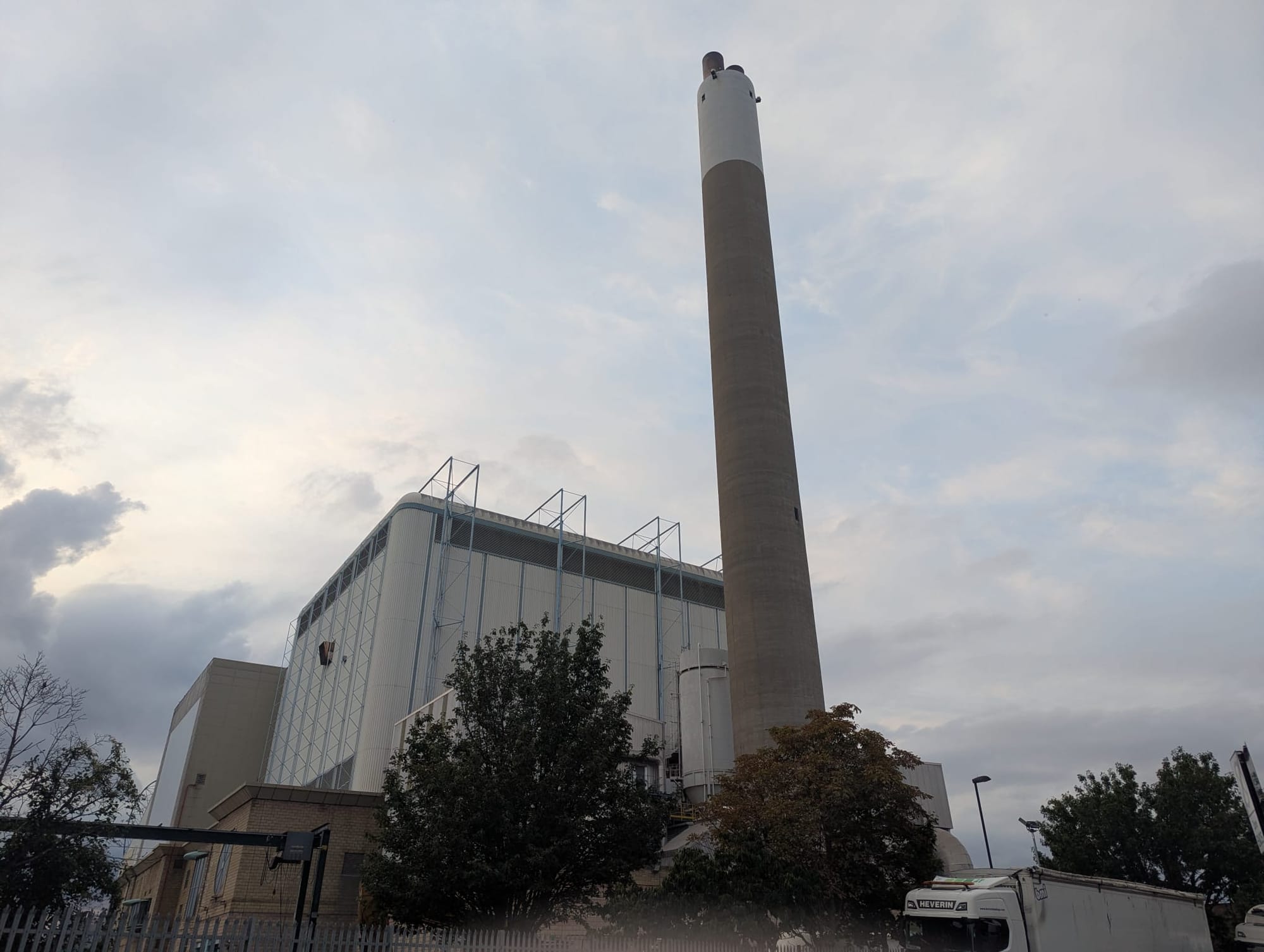
This article was updated on 10th October at 19.10 with comment from Veolia on the Climate Trace results.
Support independent, local journalism. Become a supporter or leave a tip.



